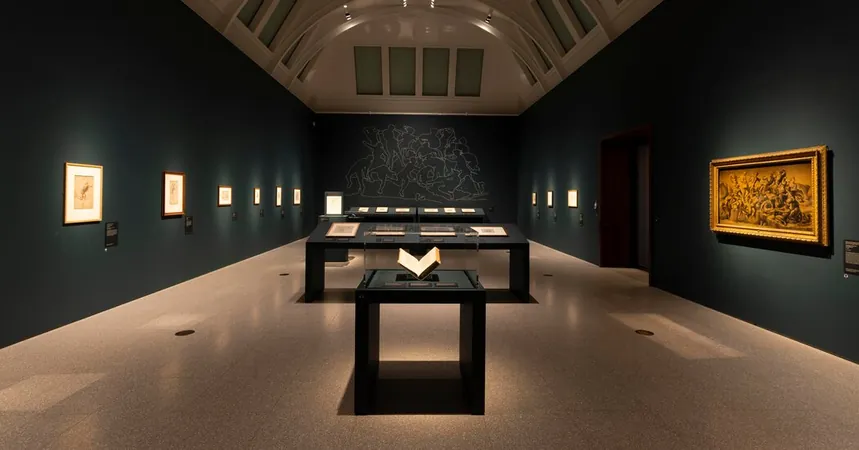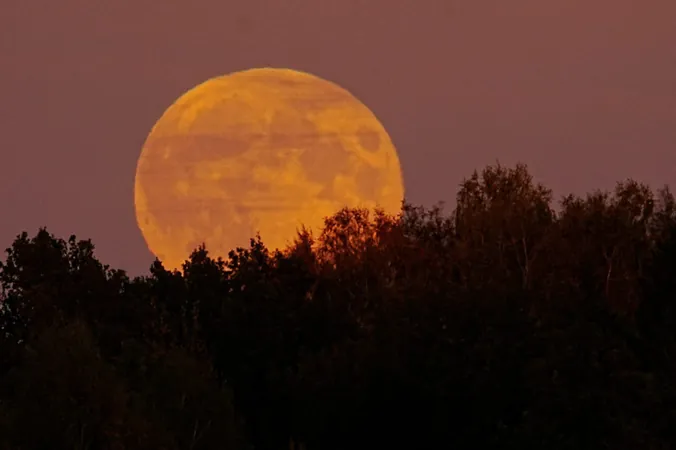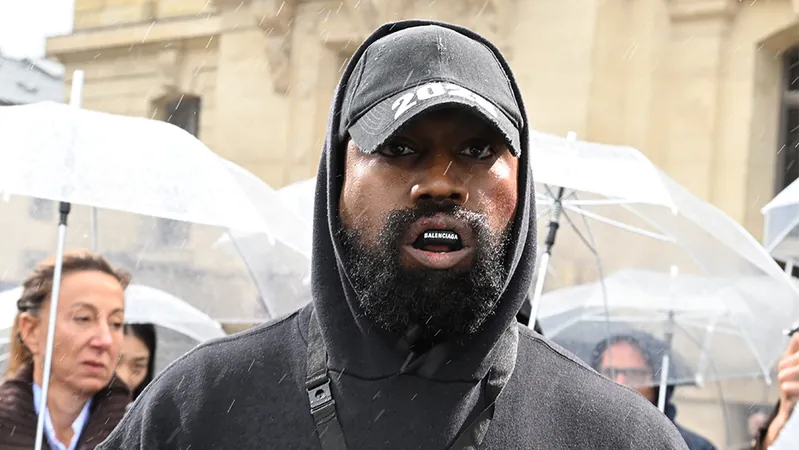
The Renaissance Triumvirate: Leonardo, Michelangelo, and Raphael Reunite in London
2024-11-13
Author: Ying
Introduction
Art history enthusiasts and curious minds alike are in for a treat as London's Royal Academy hosts the illuminating exhibition, "Michelangelo, Leonardo, Raphael." Running until February 16, this exhibit explores the fascinating interplay of influence, rivalry, and creativity among three of the most celebrated artists of the Italian Renaissance.
The Artistic Fervor of Florence
Florence, in the early 1500s, served as the heart of this artistic fervor, a city undergoing transformation under fresh political leadership after decades of Medici dominance. In 1504, an iconic meeting took place—30 of Florence's leading artists convened to decide the placement of Michelangelo's monumental "David," a striking representation of biblical valor. They chose to place it at the Palazzo Vecchio, a potent symbol of the resilience of the Florentine people. Today, while the original statue resides in the Galleria dell'Accademia, a replica proudly stands at its original location.
The Rivalry Begins
Simultaneously, Leonardo da Vinci, already an established master and 23 years Michelangelo's senior, was also back in Florence, perfecting his enigmatic "Mona Lisa." However, competition was brewing as both artists were commissioned to create masterpieces for the Great Council Hall, aiming to celebrate Florentine independence and military might. Into this competitive mix stepped the young Raphael, only 21, who arrived in Florence eager to learn from, and ultimately rival, these titans.
The Exhibition's Structure
The exhibition is structured around three distinct rooms, each narrating different facets of inspiration and influence. One of the most striking pieces on display is Michelangelo's unfinished "Taddei Tondo," showcasing his innovative approach to the round relief format. Visitors can also see how Raphael marveled at Michelangelo's techniques and subtly adapted them to his own style in works like the "Bridgewater Madonna," where Raphael’s interpretation foregrounds a dynamic infant Christ.
Influence and Adaptation
The interplay of influences doesn't stop there. Raphael was equally intrigued by Leonardo's works, as evidenced in his studies of Leonardo’s now-lost drawing, "Leda and the Swan." This exhibit demonstrates how each artist's unique vision was shaped by their interactions with one another, which is further exemplified in a room curated to spotlight Leonardo's perhaps unfinished "The Virgin and Child With St. Anne and the Infant John the Baptist," potentially a preparatory drawing for the illustrious Council Hall project. This particular piece, illuminated to resemble an altar display, is a testament to how unfinished works from these masters still wield immense power.
Contrasting Styles and Artistic Rivalry
The final room culminates the curiosity of artistic rivalry, showcasing battle scene drawings by both Leonardo and Michelangelo intended for the same hall—yet neither project was ever completed. This comparison reveals their contrasting styles; Leonardo focused on dynamic expressions and movement, while Michelangelo excelled at articulating the male form.
Conclusion
While the exhibit deftly explores themes of rivalry and imitation, it extends beyond mere competition to illustrate how these exchanges spurred the artists toward greater individuality and innovation. Don’t miss this rare opportunity to witness how these three greats of art, through rivalry and camaraderie, forever altered the landscape of art in Florence and beyond. The exhibition "Michelangelo, Leonardo, Raphael" at the Royal Academy is not just a showcase of masterpieces but a deep dive into the very essence of creativity itself.



 Brasil (PT)
Brasil (PT)
 Canada (EN)
Canada (EN)
 Chile (ES)
Chile (ES)
 España (ES)
España (ES)
 France (FR)
France (FR)
 Hong Kong (EN)
Hong Kong (EN)
 Italia (IT)
Italia (IT)
 日本 (JA)
日本 (JA)
 Magyarország (HU)
Magyarország (HU)
 Norge (NO)
Norge (NO)
 Polska (PL)
Polska (PL)
 Schweiz (DE)
Schweiz (DE)
 Singapore (EN)
Singapore (EN)
 Sverige (SV)
Sverige (SV)
 Suomi (FI)
Suomi (FI)
 Türkiye (TR)
Türkiye (TR)